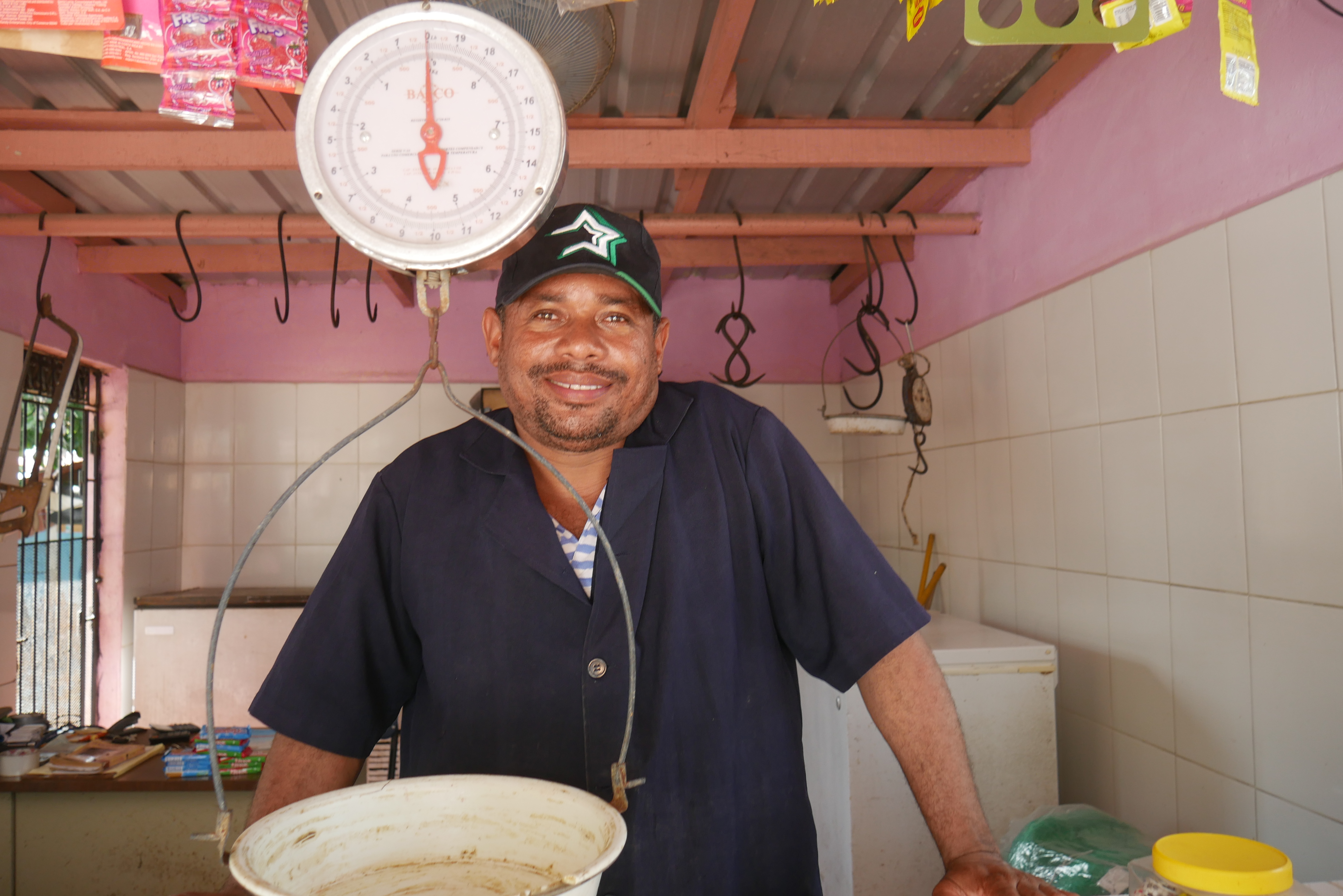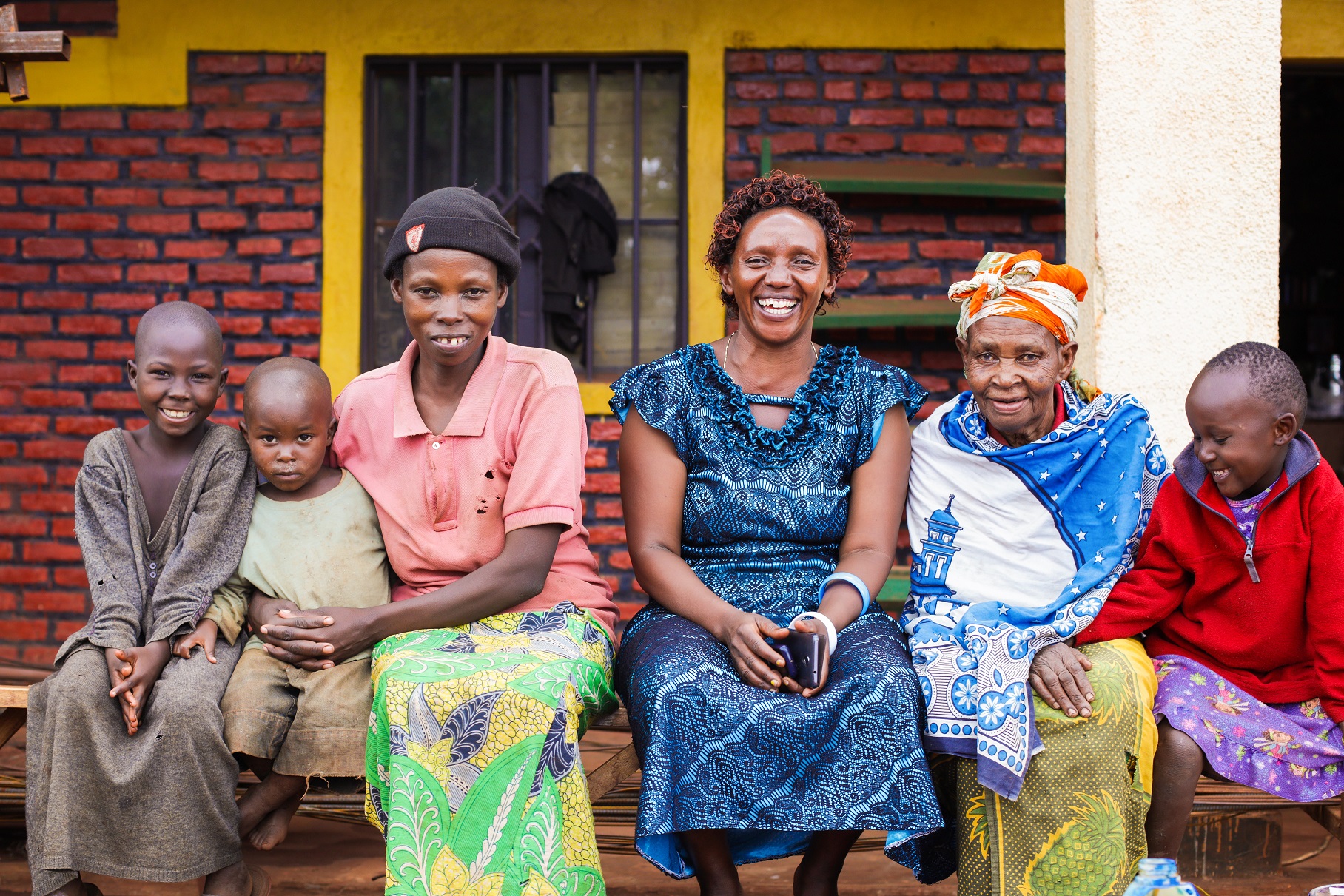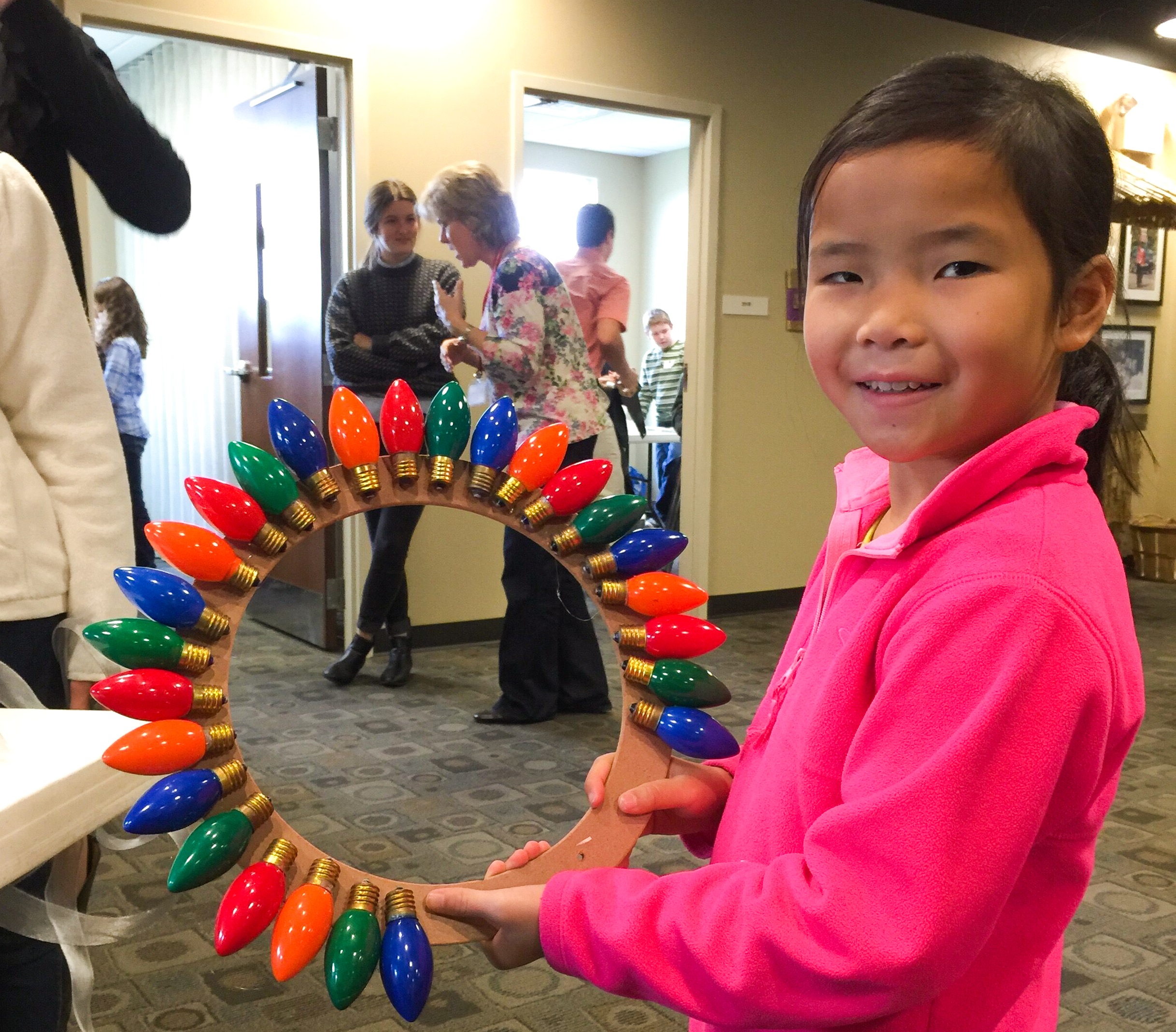Around the world, HOPE-network clients are accessing financial services to grow their businesses. Join us in celebrating the ways these hardworking men and women are using their gifts, abilities, and creativity to support their families and impact their communities.
Continue Reading…
HOPE Intl
HOPE Intl
Microfinance Photos / Media Stories we loveHOPE Intl
HOPE Intl
Spiritual Integration Staff / TravelsBy Blake Mankin, Houston Regional Representative
Since becoming a fundraiser for HOPE International nearly a year ago, I’ve learned that a core component of our fundraising philosophy is prioritizing relationships over transactions. The essence of this value is investing in people out of genuine love for them, not based on what they can do for us. And you don’t have to be a fundraiser or HOPE donor to have this Christ-like, missional ethic in your life.
Simply defined, a missional relationship is a partnership of equals—individuals teaming up to make an impact in the world as they spur each other on to be more like Christ. With this shared goal, our posture is one of invitation to those around us, offering each person the opportunity to dive deeper into who God is calling them to be.
For 51 weeks of the year, the front lobby of Willowdale Chapel’s Kennett Square campus is an airy space with cozy chairs and a café. But one Sunday each December, the room transforms into the HOPE Market—a vibrant, bustling marketplace operated by the church’s youngest entrepreneurs.
The wooden tables where people usually chat over coffee instead display greeting cards and candles, wooden clocks and mini-marshmallow shooters, all handcrafted by the children at Willowdale. With each sale, the kids work toward paying back the small loan they received from the church to make their item. Once that’s done, they give their profits to HOPE International. Last year, all their work totaled up to being a significant gift of $5,000.
“Part of our church’s vision is to love the world that Jesus is working to restore, and we wanted our youth to really learn what that means and to be a part of it,” says Jodi Byrne, who serves as a children’s ministry pastor at Willowdale Chapel, a church network in southeastern Pennsylvania that partners with HOPE.
The kids are invited to explore the role they play in that restoration during the three months leading up to the HOPE Market.
HOPE Intl
HOPE Intl
Microfinance Staff / Travelsby Christine Baingana, CEO of Urwego Bank
As the CEO of Urwego Bank, the largest microfinance institution in the HOPE network—and in the country of Rwanda—Christine Baingana shares what she’s learning about leadership while leading a team of over 300 staff.
I first learned of HOPE International after reconnecting with Peter Greer, HOPE’s president and CEO, while I was in graduate school. I had met Peter in the early 2000s while I was working for a large commercial bank in my home country of Rwanda and he was serving as the managing director of Urwego Bank. As we reconnected, Peter shared about the work he was doing through HOPE International—and asked if I wanted to join him.
In 2010, I joined the HOPE International team as the savings and credit association (SCA) specialist, later going on to serve as the Africa SCA regional director. When HOPE became a majority stakeholder in Urwego Bank in 2016, I was asked to step into the role of CEO. Having been on the board for several years, I knew that this would be a challenging time to lead the organization. I felt unqualified to lead such a large team through such a major transition.
But as I sought counsel from others, they reminded me to think of those Urwego could serve, men and women who have not had many of the privileges and advantages that I have. As I took my eyes off of myself and focused on them, I chose to say yes to this opportunity. It’s exciting to know we are changing lives for the Kingdom, that men and women who come to Urwego for a small loan, or to find a safe place to save, will have the opportunity to overcome poverty and experience a closer relationship with the Lord and their community members.
Here are five of the most valuable lessons I’ve learned on this leadership journey:
HOPE Intl
HOPE Intl
Spiritual IntegrationAs part of our commitment to personal and corporate discipleship, staff members of HOPE International engage each month with a “Faith in Practice” theme. Our goal is to grow in the knowledge of that spiritual theme and live it out in our day-to-day lives. Recently, we studied our call to take Christ’s posture of hospitality in order to serve His people around the world.
By Dan Williams, Director of Spiritual Integration
I still remember the dread I felt at age 12 on my first day at a new school after my family had moved from North Carolina to Virginia. And I also remember the safety and relief I felt when Stash, a boy that would soon become my closest friend, invited me to join his friends at the lunch table.
I remember my fear of being taken advantage of by predatory market vendors when I first moved to Niger. And I also remember how Pastor Djibo would come by and offer to go with me to the market to make sure I got fair prices.
In my current work at HOPE, I am blessed with the opportunity to travel. Whether I’m driving from my home in Durham, NC, to HOPE’s office in Lancaster, PA, or flying to visit HOPE-network programs around the world, I’m regularly overwhelmed by the hospitality I experience. I can tell you every person who ever came to greet me at the airport instead of letting me take a taxi, every meal that I’ve had in someone else’s home while traveling, every couple that slept in their children’s room so that they could offer their guest the most comfortable bed, and every person who enthusiastically took me to all the touristy things in their city when they surely had something more important to do. Continue Reading…





















